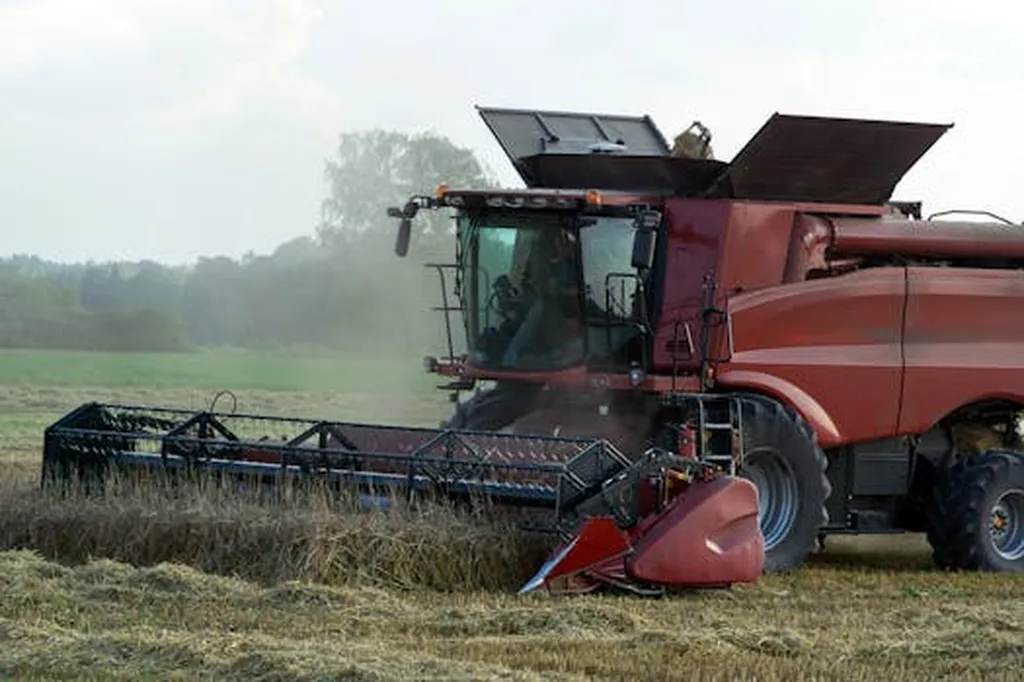In the heart of South Korea, researchers at Chungnam National University are turning over a new leaf in the world of sustainable agriculture. Md. Abu Ayub Siddique, a leading figure in the Department of Smart Agriculture Systems Machinery Engineering, has been delving into the intricacies of electric tractors, aiming to optimize their performance and energy efficiency. His latest study, published in the journal *Scientific Reports* (which translates to “Nature Research Reports” in English), is making waves in the agritech community, offering promising insights for the energy sector and beyond.
The study, titled “Effect of motor speeds on traction performance of a single-motor electric tractor at various gear stages during plow tillage,” is a deep dive into the mechanics of electric tractors. Siddique and his team conducted field experiments at different gear stages—L-2500, L-2800, and M-2000—to analyze how motor speed affects axle torque, traction efficiency, dynamic ratio, slip ratio, and battery state of charge. The soil texture, determined as sandy loam, added another layer of complexity to the research.
The results were revealing. “We found significant differences in traction parameters across motor speeds, except for forward speeds at L-2500 and L-2800,” Siddique explained. The study highlighted that plowing at higher speeds might lead to instability, as indicated by the Coefficient of Variation (CV). Rear axle torque showed the highest CV at L-2500 due to uneven soil conditions, grass, rocks, and implement vibrations. However, the traction performance was most efficient at L-2500, with a higher dynamic ratio compared to L-2800 but a significantly lower slip ratio, ensuring minimal energy waste.
These findings are not just academic; they have real-world implications. “Our results provide practical insights for users and manufacturers in selecting efficient motor speeds, enhancing the commercialization of electric tractors based on workload,” Siddique noted. This research could shape future developments in the field, guiding the design and operation of electric tractors to be more energy-efficient and cost-effective.
The study also identified a limitation: the tillage depth was not considered, which could affect the determination of the optimal motor speed for plowing. This opens up avenues for further research, ensuring that future studies can build on these findings to provide a more comprehensive understanding of electric tractor performance.
As the world moves towards sustainable energy solutions, research like Siddique’s is crucial. It bridges the gap between technology and practical application, offering a roadmap for the energy sector to optimize the use of electric tractors. The insights gained from this study could lead to more efficient farming practices, reduced energy consumption, and ultimately, a more sustainable future for agriculture.
In the words of Siddique, “This research is a step towards making electric tractors more viable and efficient for commercial use. It’s about harnessing the power of technology to create a more sustainable and productive agricultural sector.” And with these words, the future of agritech looks brighter and more promising than ever.

